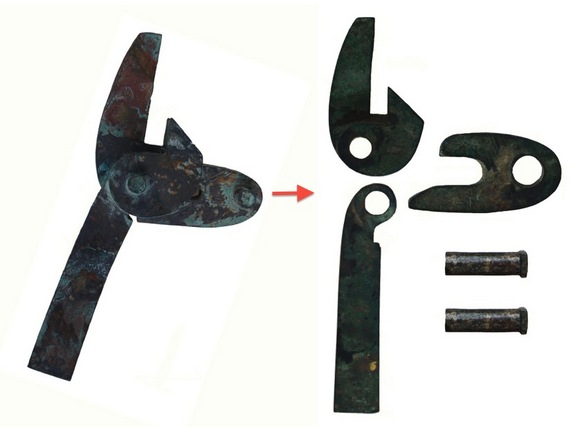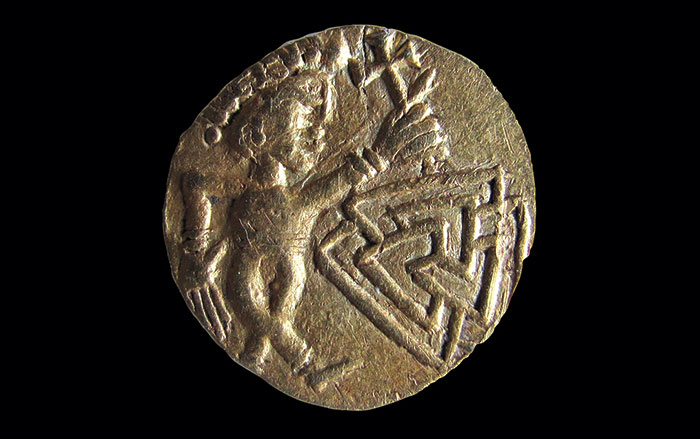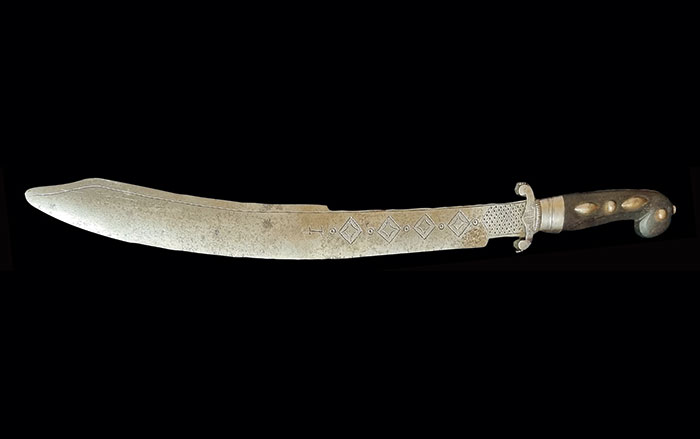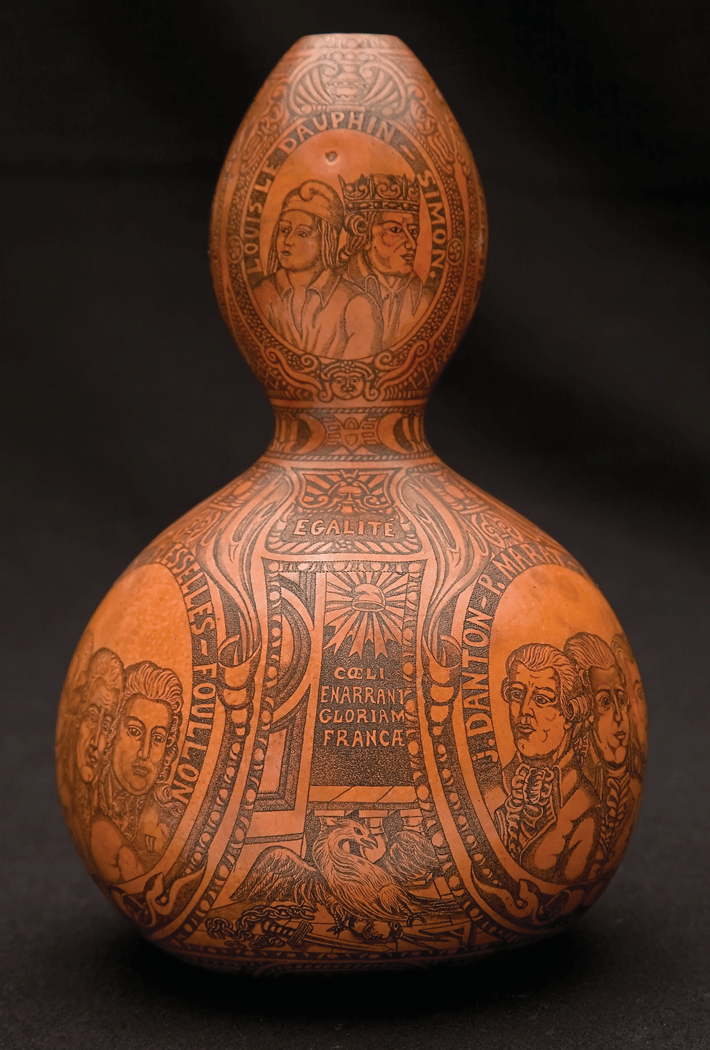
XI’AN, CHINA—The 8,000 terracotta warriors buried near the mausoleum of the first emperor of China were armed with weapons made of wood or bamboo and bronze. Archaeologists Marcos Martinón-Torres of University College London and Xiuzhen Janice Li, formerly of the University College London and now of the Emperor Qin Shi Huang’s Mausoleum Site Museum, examined more than 200 five-part bronze crossbow triggers and the tips of the bows—all that remain of the ancient weapons—and where the pieces were unearthed in the tomb. The scientists concluded that the pieces show no signs of wear, and so were probably made for burial in the tomb in small batches, since they are mostly uniform and were likely to have been made in nearly identical molds. “The cellular workshop model we postulate for the weapons manufacture in the mausoleum would have also offered useful flexibility for armies on the move,” Martinón-Torres commented to Live Science.









